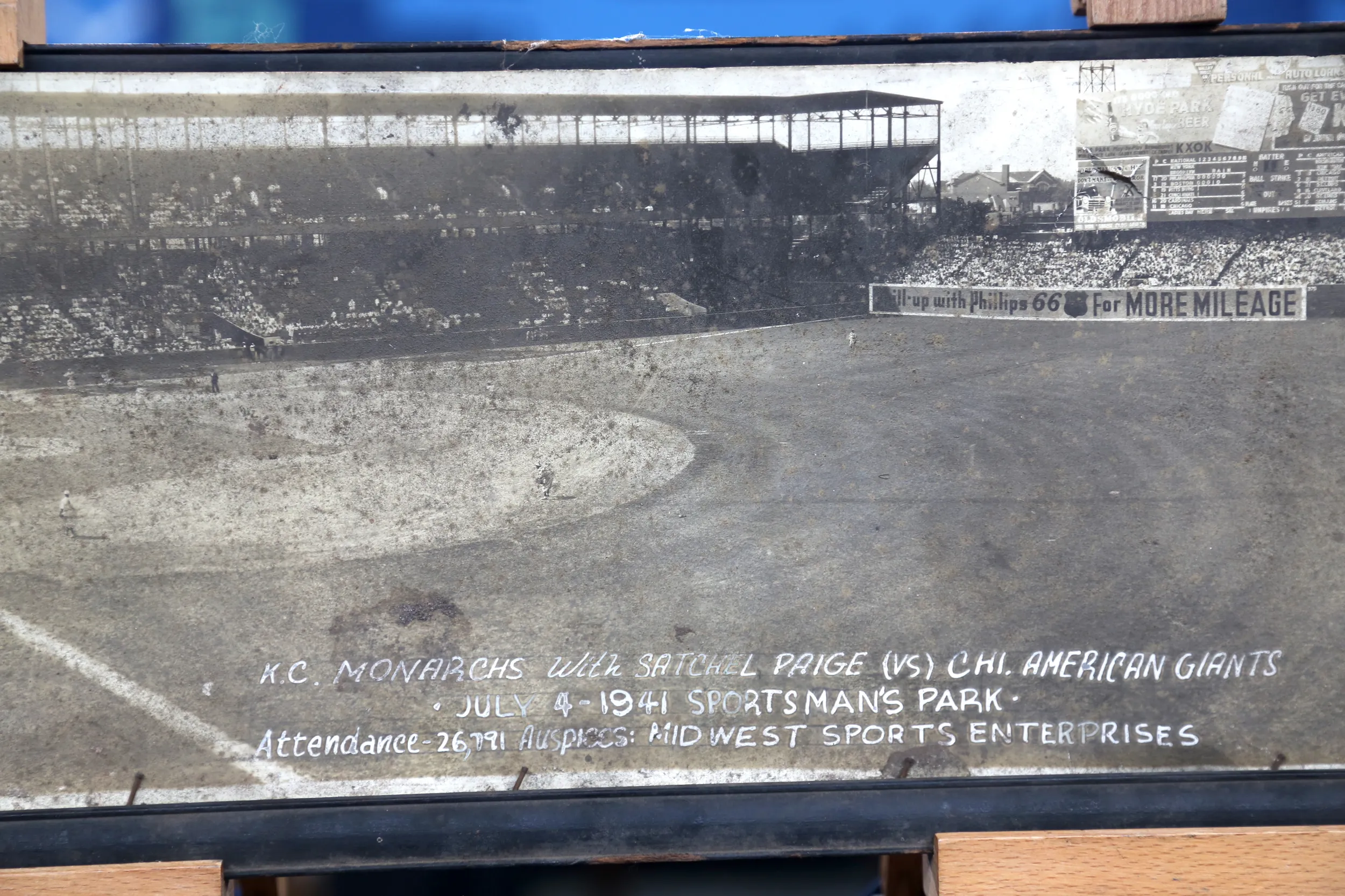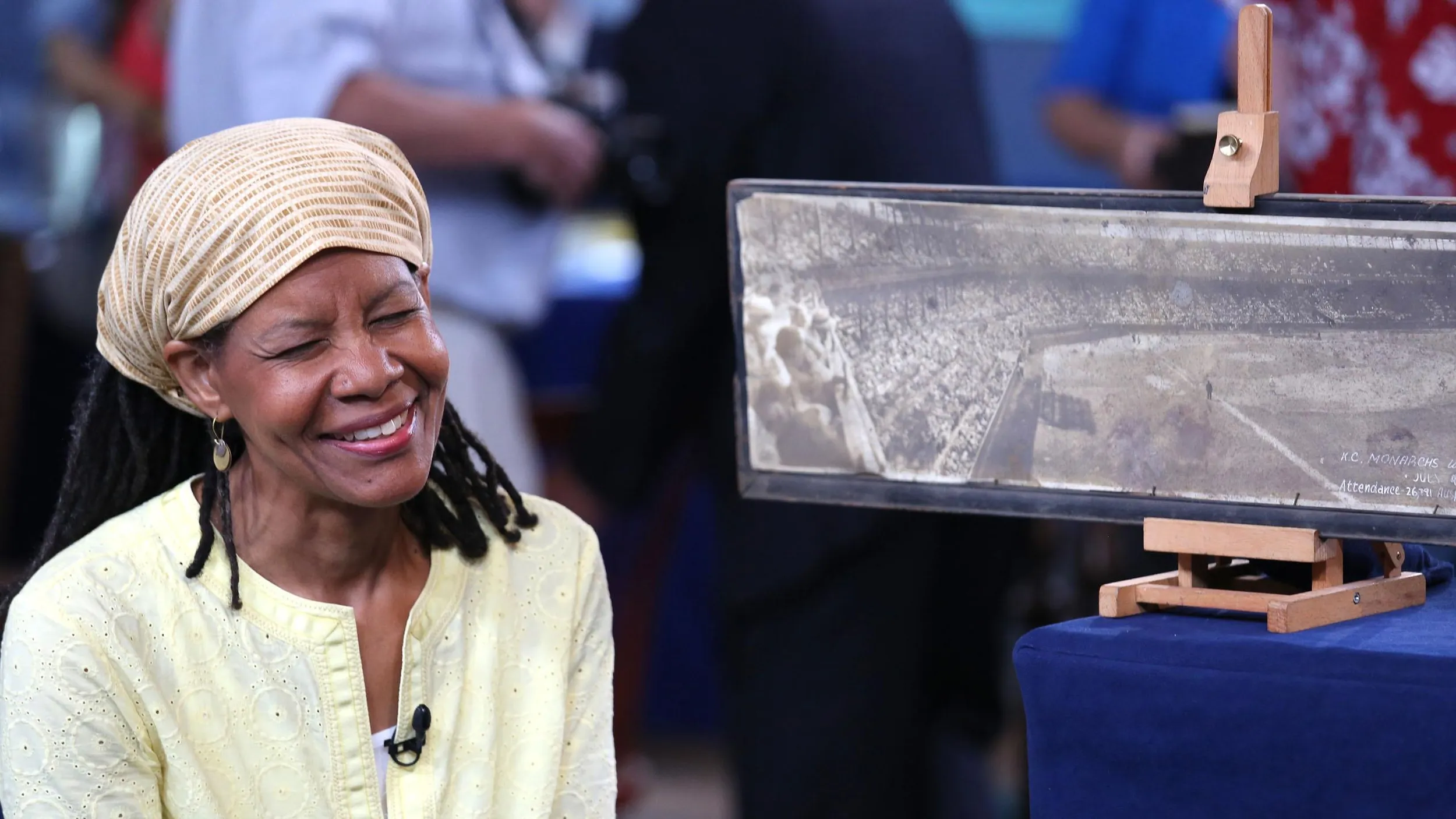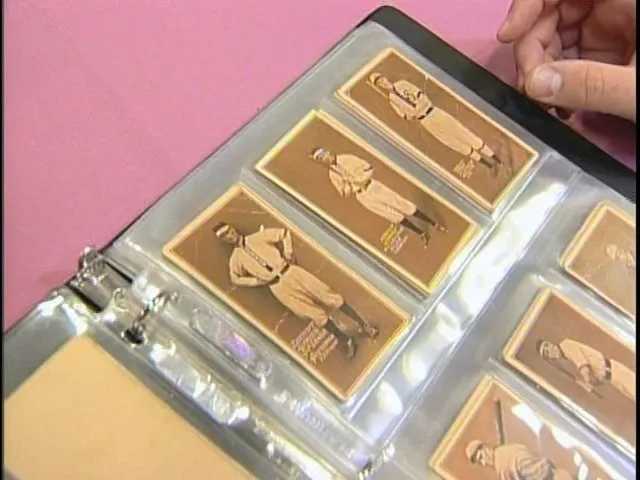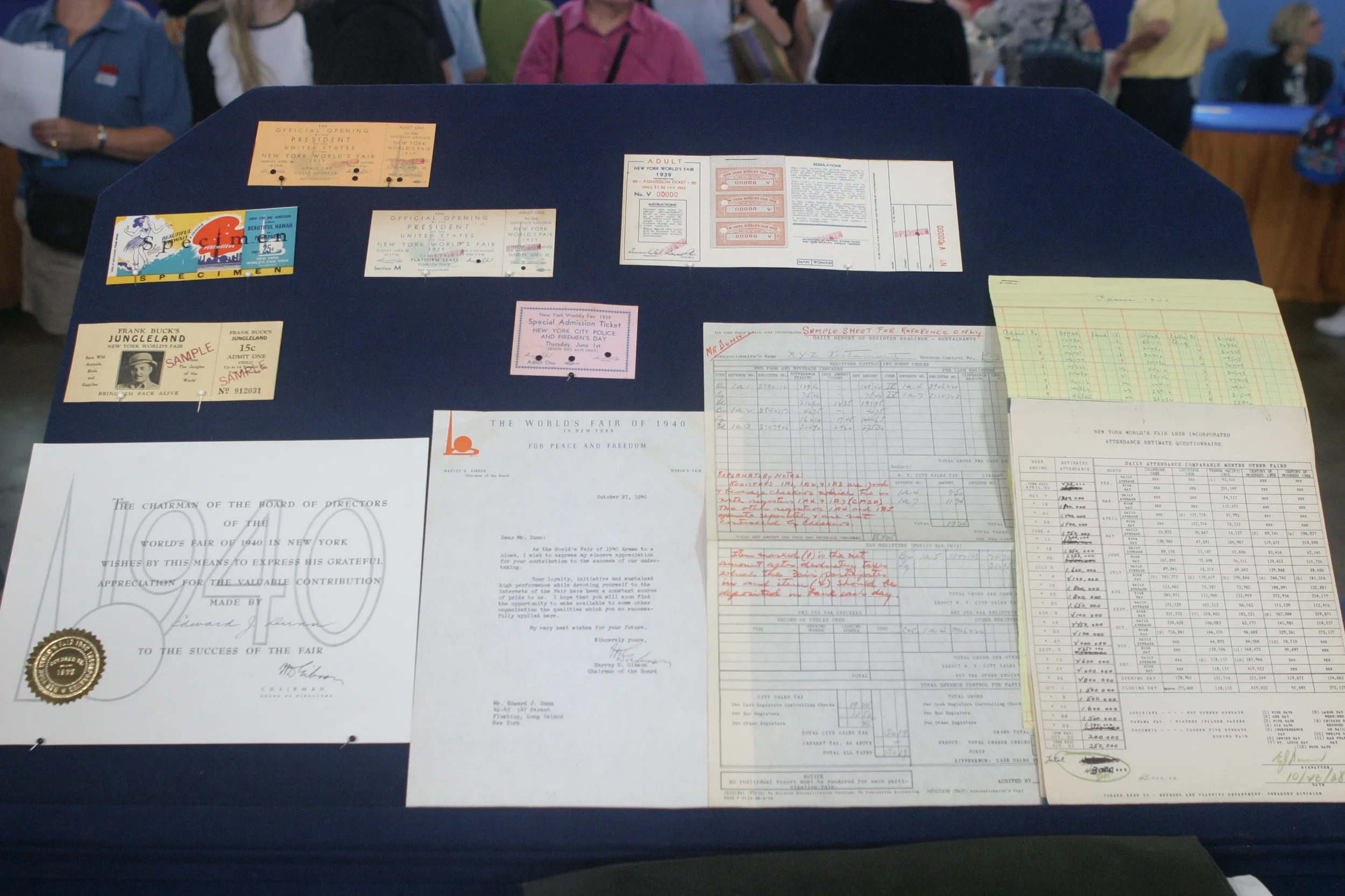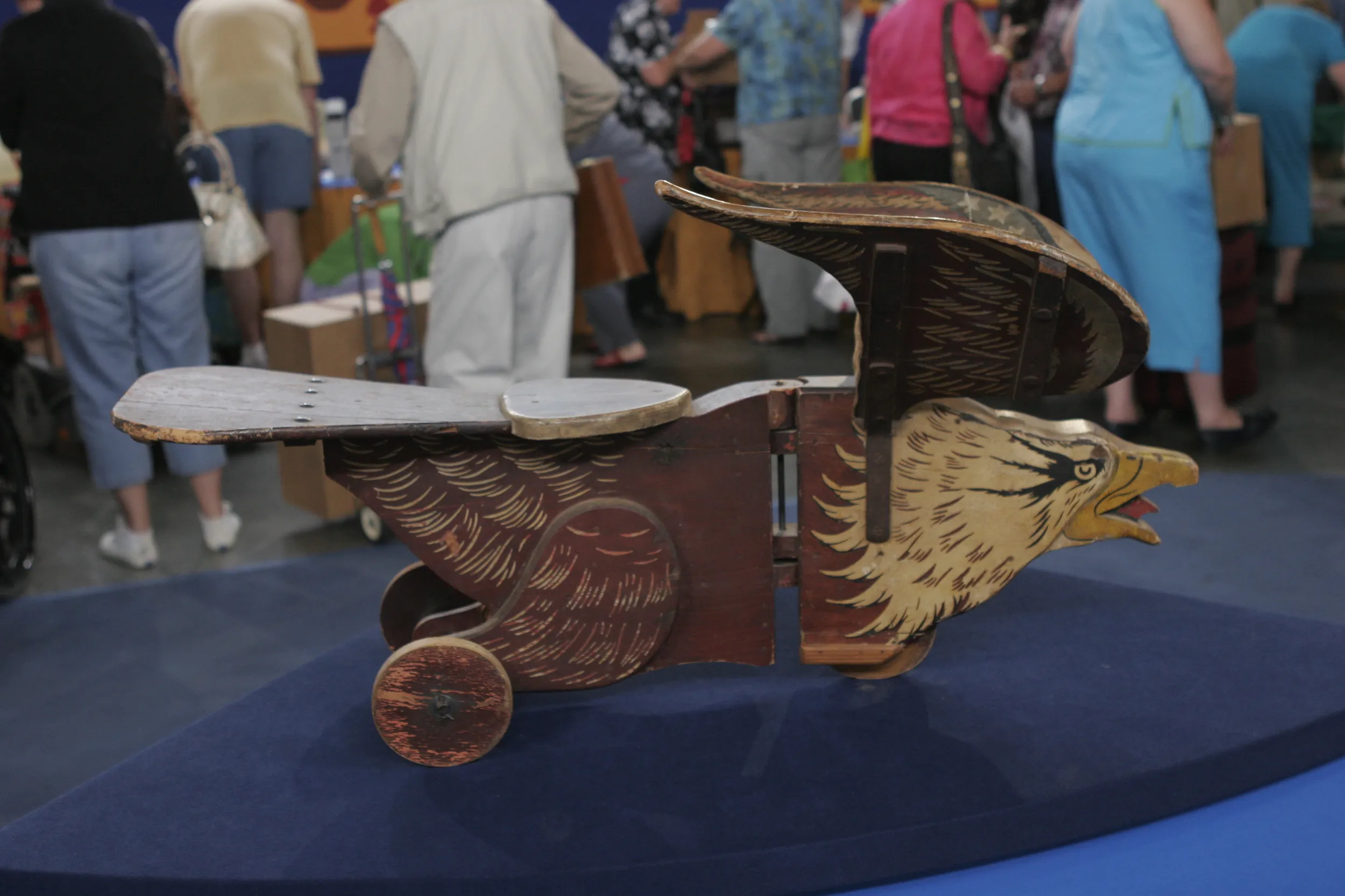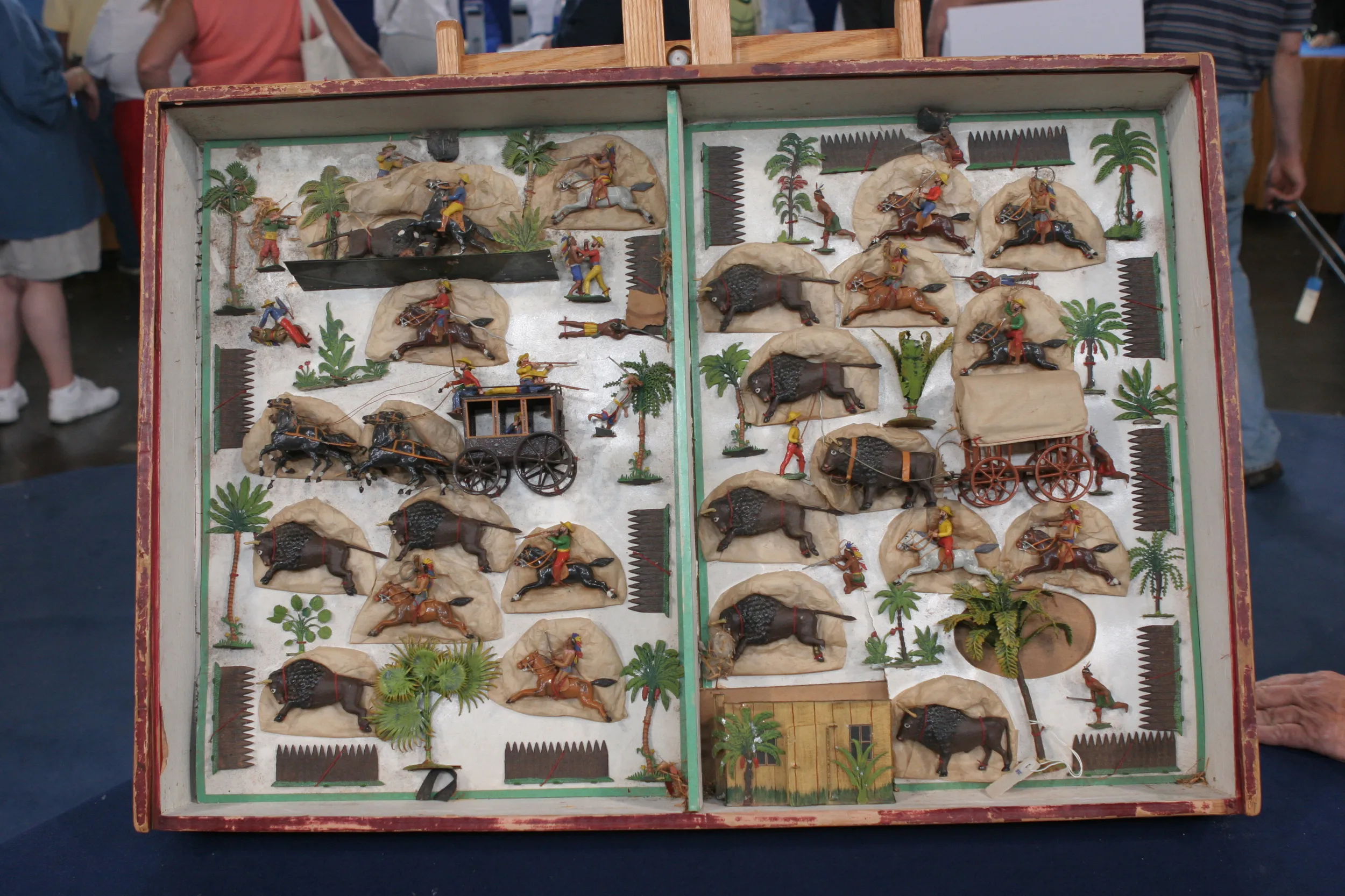GUEST: It's a photograph of Sportsman's Park with two teams from the Negro Baseball League playing, and Satchel Paige is on the Monarch team.
APPRAISER: My understanding is this was sitting in kind of a prominent spot in an old house. Where was that?
GUEST: Well, my family home that my dad purchased in, like, 1960, which probably was built around the late 1800s. In the basement, on the old furnace, there was this photograph sitting there for many, many, many years, apparently. I didn't notice it for a really long time, till the furnace broke down and I had to have it repaired, so...
APPRAISER: And I think we see some of that with a lot of the dust and some of the dirt. As a result of some fortuitous scheduling, Kansas City Monarchs and Satchel Paige came to town-- St. Louis, Sportsman's Park-- to play the Chicago American Giants. Satchel Paige wiped the floor with them, the Monarchs. They won 11 to 2 that day, on a beautiful Fourth of July. Here's what's very interesting about that day in St. Louis history: the Jim Crow laws required that African-Americans sit separately, and the right-side bleacher was reserved under the local Jim Crow rules. On this day, African-Americans could sit wherever their pocketbooks would take them. Whatever they could afford, they would sit throughout the park. Just this day.
GUEST: Wow.
APPRAISER: Because Satchel Paige wanted that to be the case. Satchel Paige, prolific baseball pitcher, athlete, but he was more than that. He was a Jackie Robinson in many ways in that he had fans of any race and creed. Which is why we see that the Jim Crow laws were put to bed for his coming into town. A Hall-of-Famer, he was a guy that really broke a barrier in many ways for fans of the sport. Sportsman's Park, here in St. Louis, it was prominent in that it housed sporting events. Baseball was really the mainstay. Closed in 1966. We've got the park captured beautifully in a pretty wide, pretty big panorama. Black and white. Now, of course, there are some condition issues.
GUEST: Of course.
APPRAISER: Again, sitting on top of the furnace, that would tend to happen. With a bit of restoration, not only would it present well, but I think what you see is a really clear, beautiful image. Have you had it valued?
GUEST: No.
APPRAISER: Okay. As is, it's worth about $3,000.
GUEST: Okay.
APPRAISER: It would probably cost between $400 to $600 to restore. But I think the return, what you'd see at auction, is a range of $5,000 to $7,000.
GUEST: I know you're waiting for this response: You're kidding. Oh, my gosh.
APPRAISER: No, I think it's a beautiful image, again, of a really important day in St. Louis history, and baseball history, and American history.
GUEST: Absolutely.
APPRAISER: The Jim Crow laws. I mean, that was put to bed with the Civil Rights Act of 1964, but on this day, it was put to bed for baseball.
GUEST: Exactly-- oh, my gosh. So this has a real historical significance.
APPRAISER: It's a really neat piece, yeah, absolutely.
GUEST: Great, wonderful. Oh, my gosh-- that makes me happy.
APPRAISER: Yeah.
GUEST: Very happy.
APPRAISER: Same here.
GUEST: Thank you, so much. This is seriously giving me chills right now.
APPRAISER: It's a great piece.
GUEST: Absolutely.

